Evansville’s Trusted Lawn Care Experts

5.0 from 31 local reviews
Transforming Lawns, One Yard at a Time – See the Difference!
From patchy grass to vibrant green landscapes, our expert lawn care services bring your outdoor space to life. Explore our gallery to witness stunning before-and-after transformations that showcase our dedication to quality and perfection.

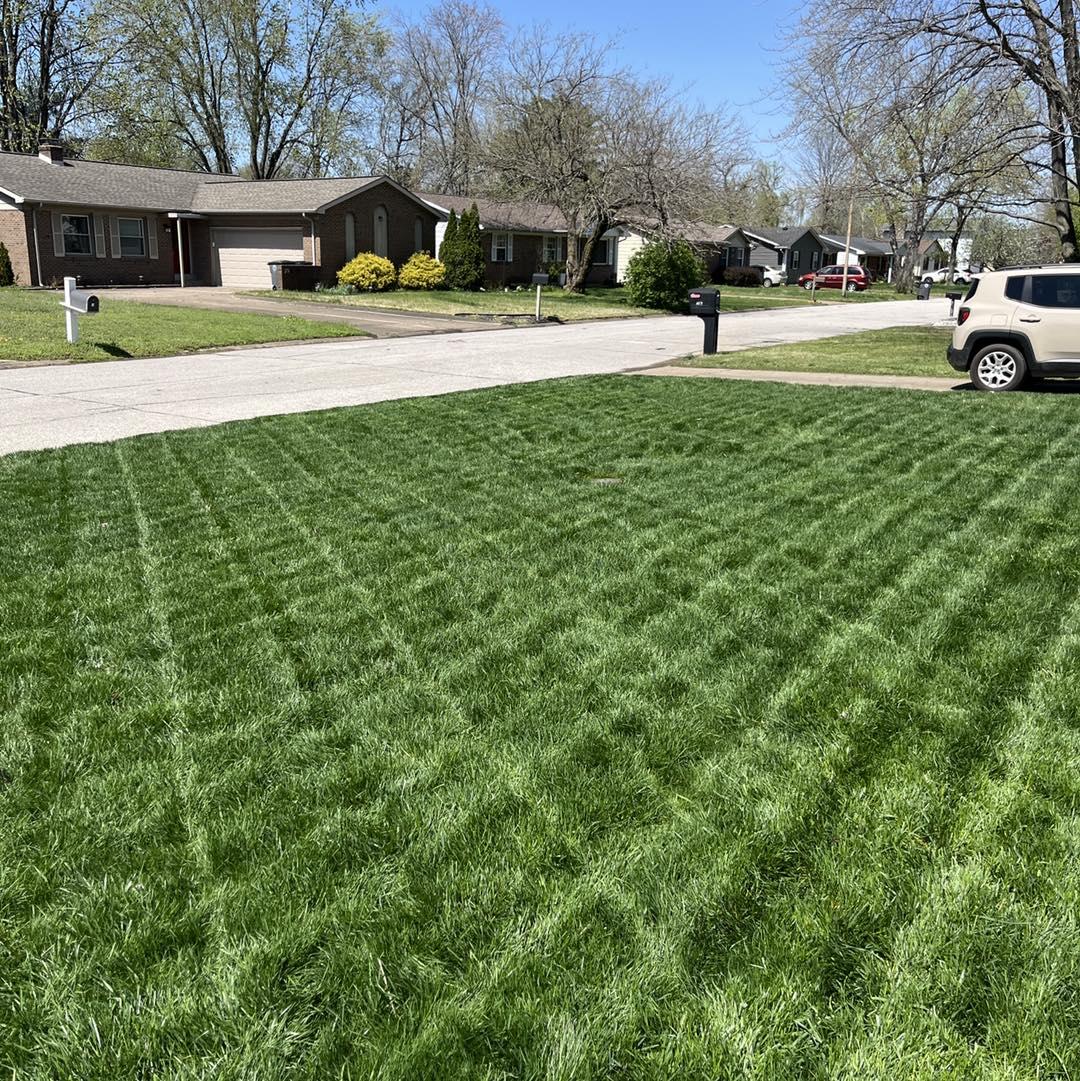
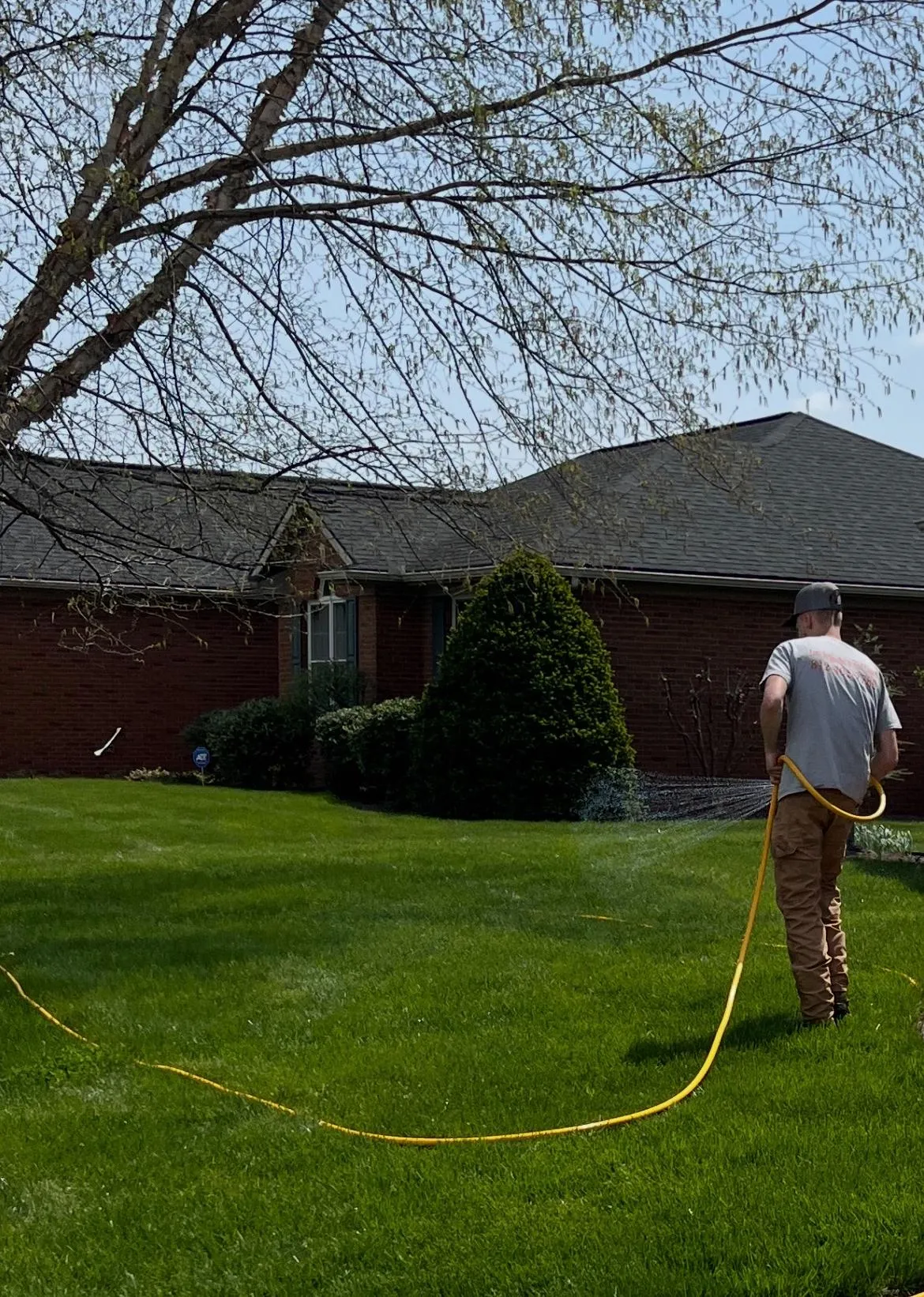
SERVICES
Expert Lawn Care for a Greener, Healthier Yard!

Fertilization
Feed Your Lawn What It Craves.
Our premium fertilization treatments deliver essential nutrients to promote lush, green, healthy grass — season after season.
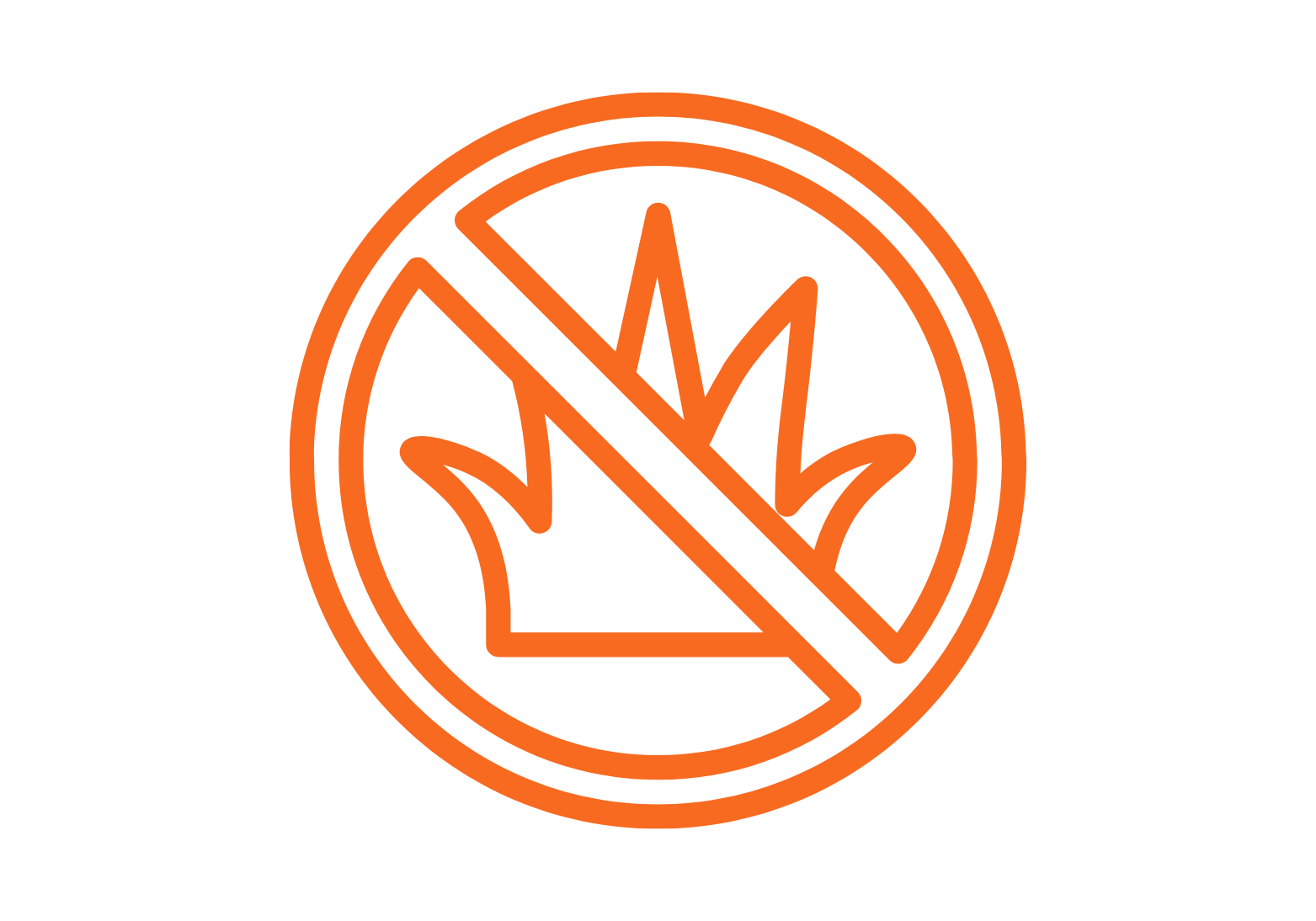
Weed Control
Goodbye Weeds, Hello Curb Appeal.
We target and eliminate stubborn weeds without harming your lawn, leaving you with a cleaner, more polished yard.
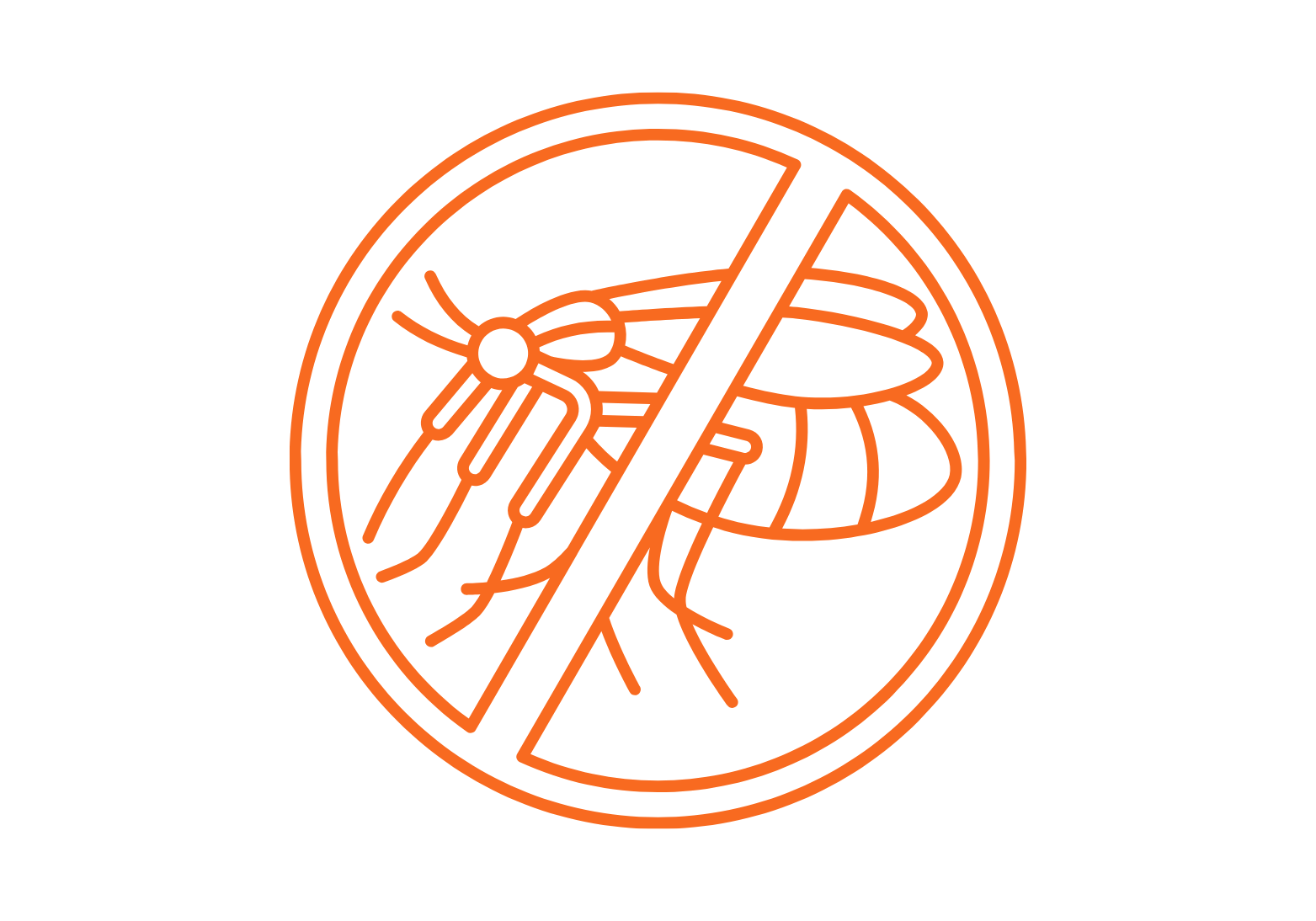
Mosquito Control
Take Back Your Yard.
Say goodbye to itchy bites and buzzing pests. Our mosquito control service creates a protective barrier around your property for worry-free outdoor living.
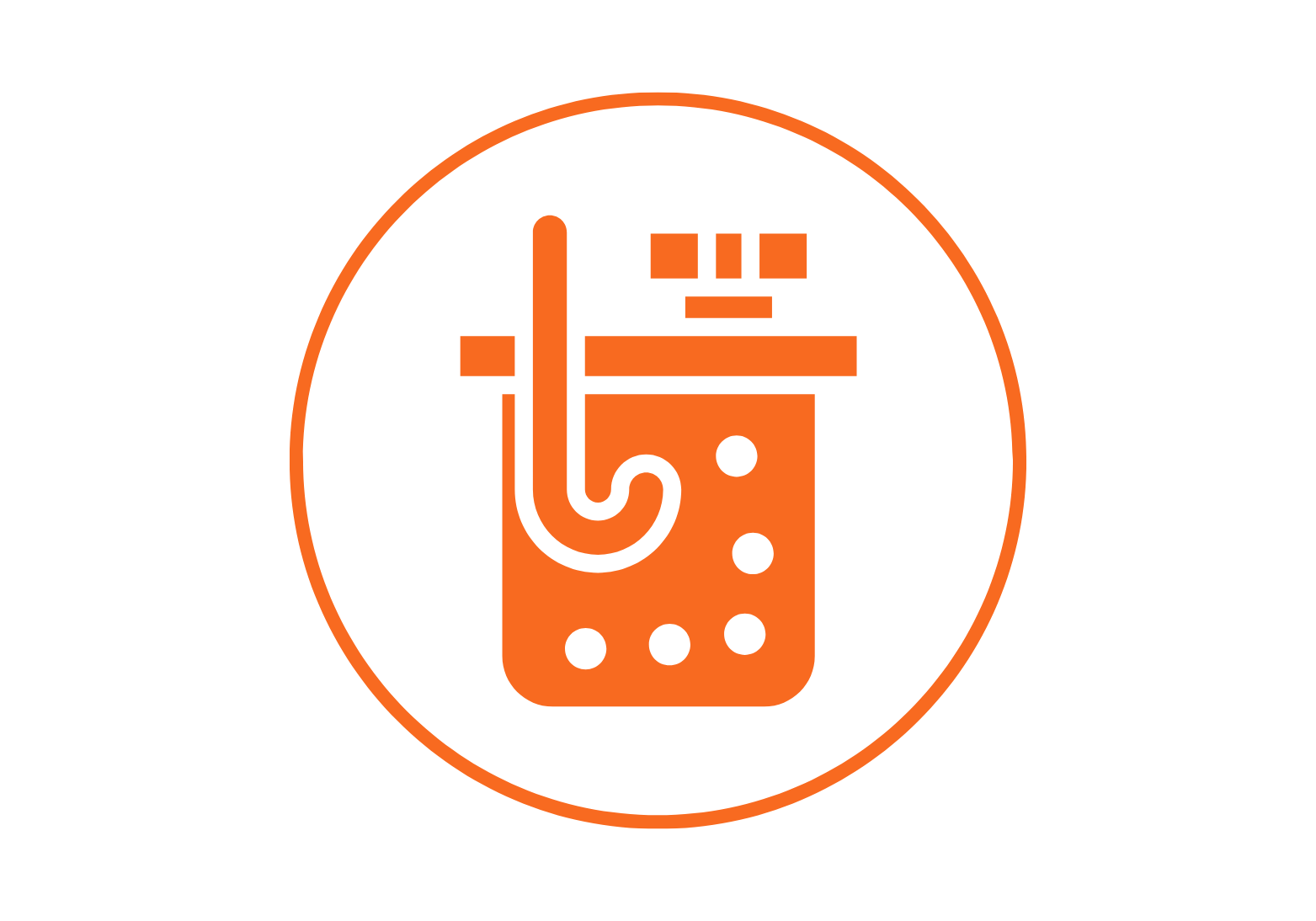
Aeration
Let Your Lawn Breathe.
Core aeration improves soil health, boosts nutrient absorption, and helps your grass grow thicker and stronger — naturally.

Lawn Disease Prevention & Treatment
Keep your lawn lush and green with our effective disease prevention and treatment strategies.
Complete Stellar SmartCare™ Plan
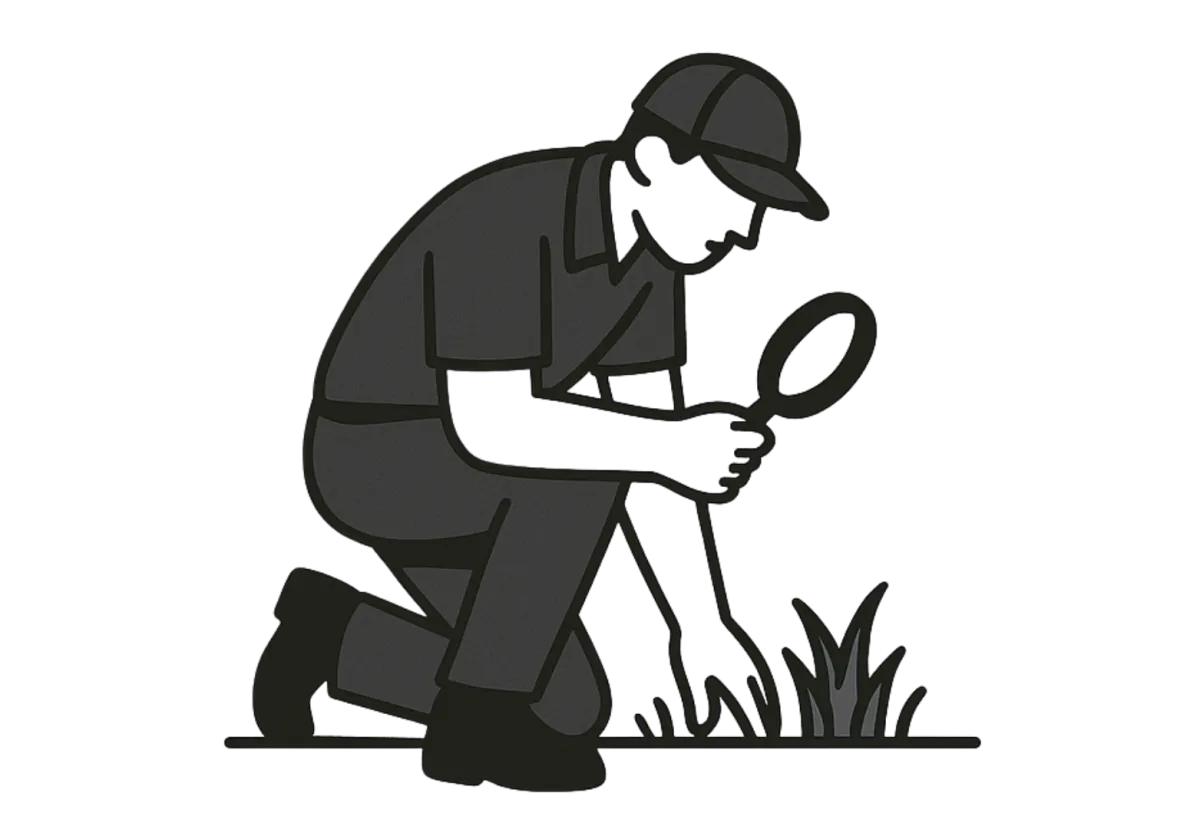

Spot It.
We Start with a Lawn Health Check.
Every lawn is different. We begin with a professional evaluation of your soil, grass type, and problem areas to create a custom care plan.
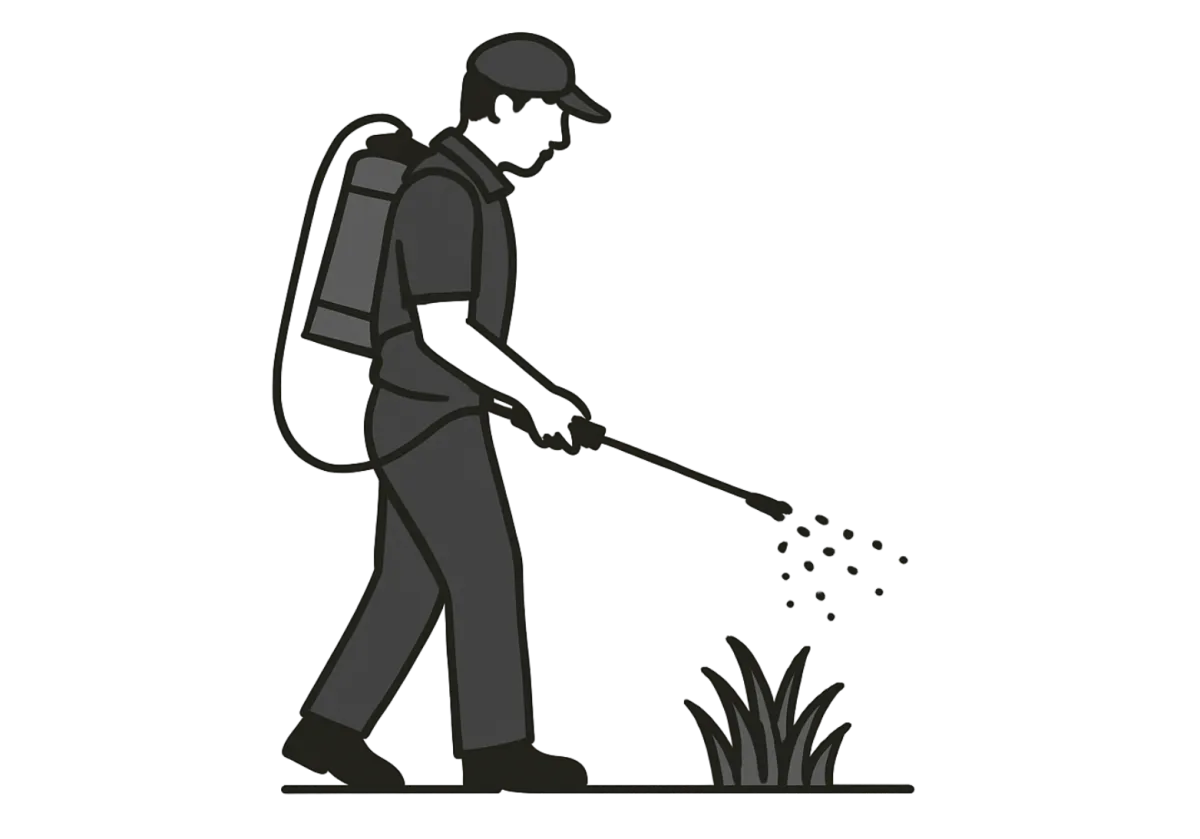

Solve It.
Precision Treatment, Targeted Results.
Our expert technicians apply the right mix of treatments — from weed control to fertilization — designed to fix your lawn’s specific issues quickly and effectively.


Sustain It.
Keep It Thriving All Season Long
We don’t stop after the first visit. With scheduled treatments and proactive care, we keep your lawn lush, green, and weed-free year-round.
Keep Your Lawn Green, Clean, and Summer-Ready!
Struggling with dry spots, weeds, or bugs? Our summer lawn treatments protect your yard from heat and pests while keeping it lush, healthy, and ready for backyard fun. From fertilization to mosquito control — we’ve got it covered.
Lush Lawns, Hassle-Free! Book Your Service Now!

Bringing you expert lawn care solutions for a greener, healthier outdoor space. Let’s grow something beautiful together!
Company
Services
Legal
Contact
Proudly Serving Evansville and Surrounding Areas
(812) 461-7786
©Stellar Lawn Care 2025 All Rights Reserved.
